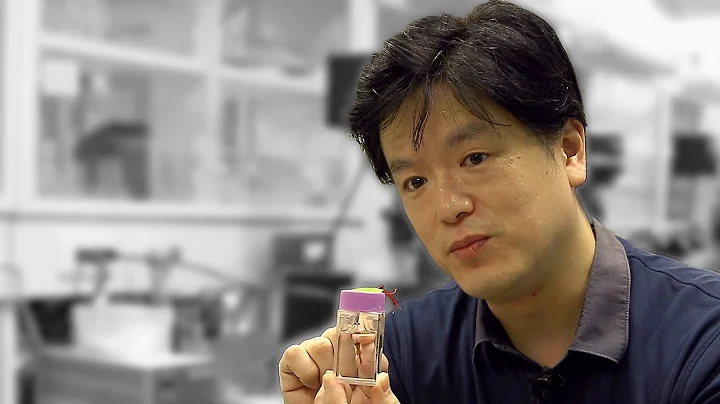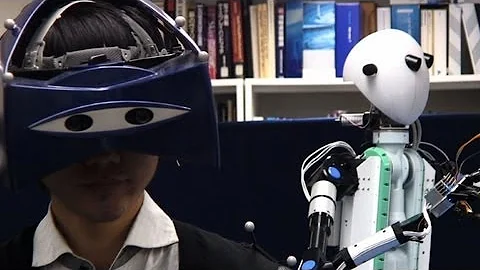In movies and TV dramas, humanoid robots that look very similar to humans are more popular than ordinary metal-skeletal robots. These robots that look the same as humans have triggered a lot of discussion and thinking.

But recently, scientists from the University of Tokyo in Japan have made living human skin on robot fingers, bringing biohybrid robots a step closer to people's daily lives. The human skin not only has the texture of real human skin, but is also waterproof and, even more miraculous, can heal itself.
is regenerative, elastic, and feels the same as humans
It is understood that making robots look like humans is one of the top priorities of humanoid robots . To effectively cover the robot's surface with skin cells, the researchers established a tissue molding method that directly molds the skin tissue around the robot to seamlessly cover the skin on its fingers.

Recently, in a paper in a sub-journal of "Cell", a group of Japanese scientists demonstrated a robot finger covered with "skin". It is said that the skin-covered robot fingers feel very much like human skin . Moreover, in terms of texture, it is not a little bit better than our common silicone material.
In addition, this "skin" has two other very important features: it can heal itself and it can be waterproof. This means that the "skin" attached to the robot can repair its own wounds and scrapes, just like normal human skin. That's right! is made from real, living human skin cells!

To create human-like skin, the professor and his team took advantage of two key components that make up the human dermis: collagen and dermal fibroblasts. When the team immersed the robotic finger in a solution containing these two ingredients, the mixture of collagen and fibroblasts shrank around the mechanical finger and wrapped it tightly, forming the first layer of skin.
When making the second layer of skin, researchers replaced fibroblasts with keratinocytes, which are the main cellular components of the epidermis and account for 90% of human epidermal cells. Later, keratinocytes gradually adhere to the underlying layer of fibroblasts. At this point, the skin of the mechanical finger is ready.

The artificial "skin" is very elastic and can stretch and wrinkle as the robot's fingers move. And after being cut, it was bandaged with collagen dressing. After being placed in an petri dish for a week, the collagen bandage had deformed into skin.
In fact, the contribution of this research to robots is only to make them look more like humans, and the most important part of "human skin" is in the medical field other than robots, to treat patients with burns . Once this technology matures, the chance of survival of patients with severe burns will be greatly improved, and they will not even have to suffer disfigurement.
"Human skin" robots are not proposed for the first time.
Two Oxford University scientists who have the same ideas as "human skin" robots, Pierre-Alexis and Andrew Carr, had them as early as 2017. Such thoughts. They want to make robots with human flesh, and they want to use them to grow damaged skin tissue. Two scientists say humanoid robots will be a key tool if is to make muscle and tendon grafts that actually work.

This process looks like, before you buy a piece of clothing, first find a robot of similar size to you to try it on for you. These robots first "wear" these cells for the patient, and after culturing the cells to meet regulatory requirements, they can be transplanted into the patient.
This humanoid robot has "soft robotic tissue" made of electroactive polymer . Muscles that need to be developed can be attached to its surface to gain exercise. In addition, it will be covered with soft, stretchable sensors to monitor the health of the growing tissue.
This robot is a bit like a Terminator, with a metal skeleton covered with human muscles, tendons and skin. If we want to make a true humanoid robot, we obviously need to use a musculoskeletal system generated by cell tissue rather than elastic polymers. Human tissue has a strong ability to repair itself and is also very suitable for stretching and contraction.
Although these robots born with weird ideas may not seem easy for people to like, they can actually save mankind. However, although the prospects of this technology are infinitely bright, the difficulty of implementing the technology may be very high. Sophia still wishes scientists to overcome the difficulties as soon as possible.





















